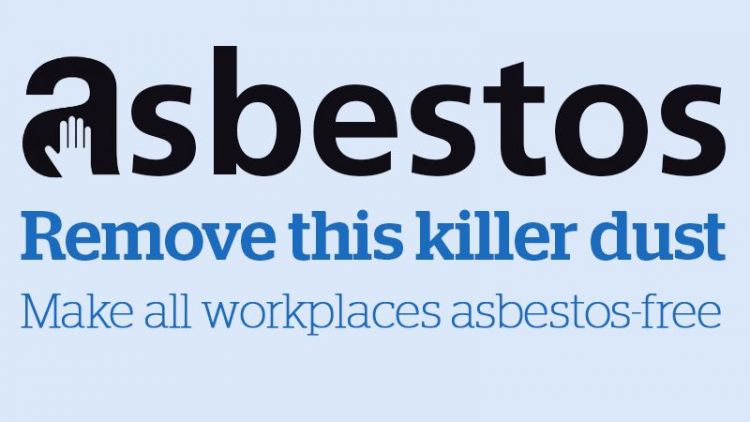Asbestos review shows shocking complacency

The HSE has published a review of the way that the 2012 Control of Asbestos Regulations have been implemented. There was a requirement on the HSE to do this within the first five years of the regulations being implemented, but the HSE seems to have gone well beyond the requirements of the European Directive in their review, which is surprising considering how critical the Government has been of what they call “Gold-Plating” of European Requirements.
Overall the review suggests that the regulations are working well and there is little need for change, beyond making one recommendation that they say should be looked at. Currently there are different frequencies for medical examinations for those doing licensable work (every two years) and those doing notifiable work (every three years). The report recommends looking at aligning these. That would be fine if they were both going to be two years as most employers already align their tests to every two years, but of course the HSE can’t resist the obsession with de-regulation so the proposal is to look at harmonising downwards, so both groups would need examinations every three years.
Reducing the frequency of tests seems totally irresponsible. The review says that the aim of the tests is to “detect disease early and allow removal from further harm” Now that would seem a pretty good reason in itself for making them every two years, but there are other reasons for the test. These are to identify any other conditions that may put them at additional risk, or identifying any problems with their PPE that prevents them wearing it properly. A medical test should also should record any accidental exposure that may have happened. Given the very high risk to these workers should they have any exposure, I hardly think that giving a medical examination every two years is an onerous “burden” on business!
So what about the rest of the report? I have to say that I was staggered by the level of complacency that there is throughout the review. Every time it mentions the 5,500 deaths a year from asbestos it emphasises that these were a result of past exposure from a time when asbestos was “less well-regulated than today”. It states that the present high number of deaths from mesothelioma are likely to peak at around 2,500 for the rest of this decade before falling. (Previous estimates said that asbestos deaths were going to peak in 2010 at 1,500 a year or at “1950 to 2450 deaths sometime between 2011 to 2015”).
Many of their figures are based on data that has been reported to the HSE. This shows a marked reduction in the number of people who have reported asbestos exposure during the past 50 years. However it fails to recognise that much of this fall in reporting is because the way people are becoming exposed has changed. In the 1970s people were working directly with asbestos and so knew they were exposed. Now, most people who are exposed do not know and never report it. A previous report by the HSE had estimated that 1.3 million tradespeople are at risk and they could come into contact with asbestos on average more than 100 times a year. An earlier report said that 1.8 million workers were directly at risk, however millions more also risk exposure as they work in offices, shops, schools etc., where there is hidden asbestos that could be disturbed at any time.
The HSE review also contains very complex calculations comparing the effects of removing all the control requirements with the effects of keeping them, and naturally they show that it is better to keep the regulations. However nowhere did the paper look at the possible effect of improving controls. We did not get any calculations of the effect on death rates if the Government were to require employers to remove the millions of tons of asbestos that is still in place.
So long as asbestos can be found in an estimated half a million workplaces (and around a million homes), people will be exposed. That means that people will continue to die from mesothelioma, not just for the next thirty or forty years, but for as long as the asbestos is out there.
Over 50,000 people have died in the UK from mesothelioma as a result of asbestos exposure, several tens of thousands more have died from lung cancer or other asbestos-related diseases. Tens of thousands more will die because of exposure that they have already had. How many more will die over and above that will depend on what we do now. The fact that Government and regulators see the status quo as the best option is a damning indictment of our health and safety system.
Stay Updated
Want to hear about our latest news and blogs?
Sign up now to get it straight to your inbox
